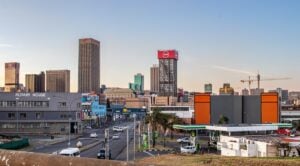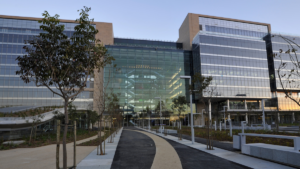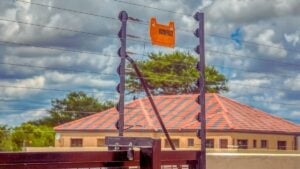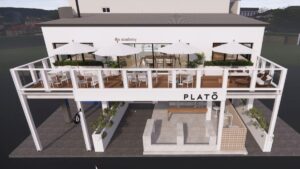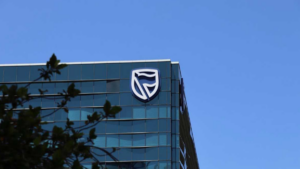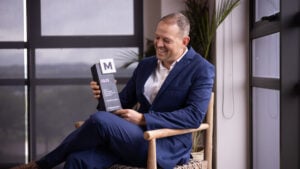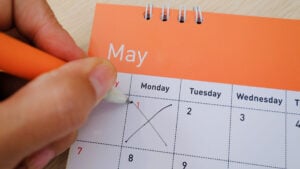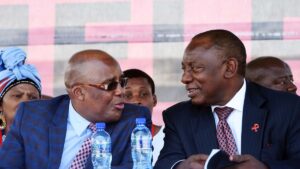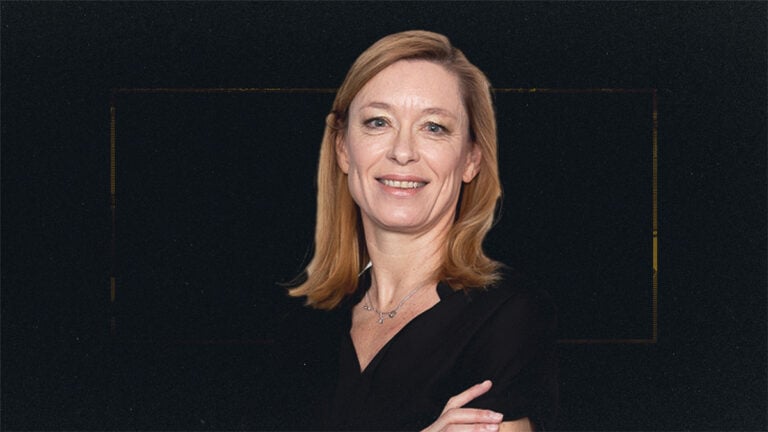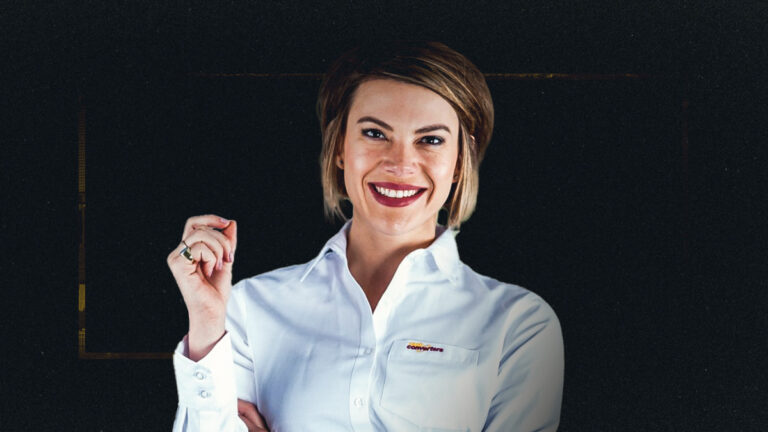The South African who became Australia’s first billionaire
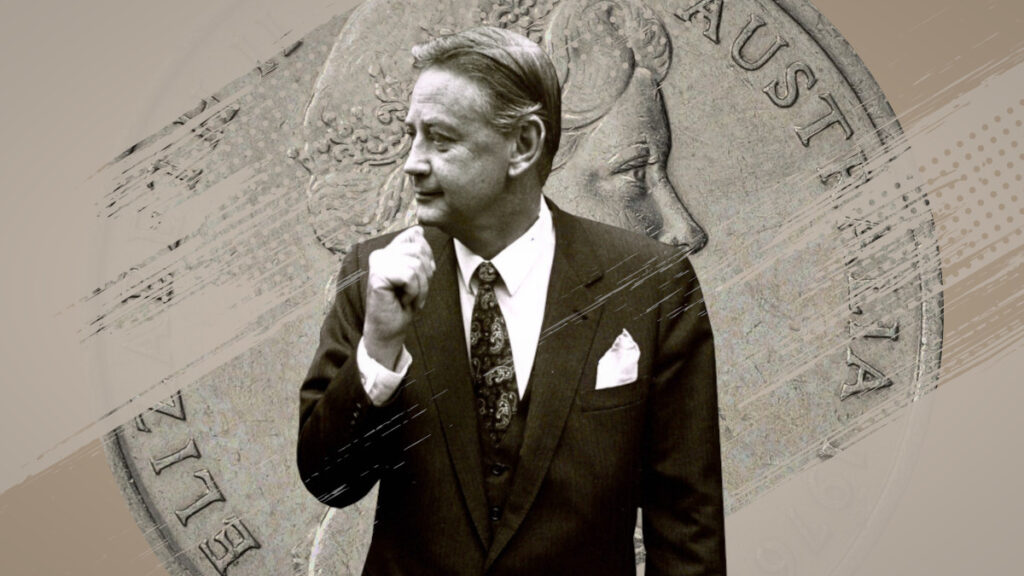
Michael Robert Hamilton Holmes à Court, a South African-born businessman, is widely regarded as Australia’s first billionaire.
He built his fortune through a series of aggressive business takeovers and corporate deals during the 1980s, becoming a central figure in the country’s financial boom before his sudden death in 1990.
Holmes à Court was born on 27 July 1937 in Johannesburg, South Africa. He spent his early years in Zimbabwe before returning to South Africa for school.
As a student, he found ways to make money by selling photographs to classmates and offering rides home in exchange for their travel allowances.
After high school, He travelled to New Zealand and completed a Bachelor of Agricultural Science in 1962.
He then moved to Perth, Western Australia, where he graduated with a law degree from the University of Western Australia in 1965, after which he practised as a solicitor.
Holmes à Court only transitioned to business in 1970 when he bought the struggling Western Australian Worsted & Woollen Mills in Albany.
After turning the company around, he left law and focused on expanding his business interests. In 1974, he acquired Bell Bros Holdings, a transport and earthmoving company.
In 1976, he grouped his companies under the Bell Group.
Holmes à Court quickly developed a reputation for corporate takeovers. He bought into undervalued businesses, sometimes holding them only briefly before selling at a profit.
In 1979, he made AUS$11 million by selling his interest in Ansett Transport Industries to News Ltd before taking control.
In 1981, he withdrew from a takeover attempt of Elder Smith Goldsbrough Mort and made a profit of AUS$16 million.
His interests soon expanded into media and publishing. From 1980 to 1987, he published the Western Mail in Perth.
He tried to gain control of the Herald & Weekly Times in 1981 but failed. However, a merger with TVW Enterprises in 1982 gave him control of television stations in Perth and Adelaide and four radio stations.
He also made a failed bid to acquire The Times in London but managed to buy Lord Grade’s Associated Communications Corporation, which included several theatres in London’s West End.
A takeover empire
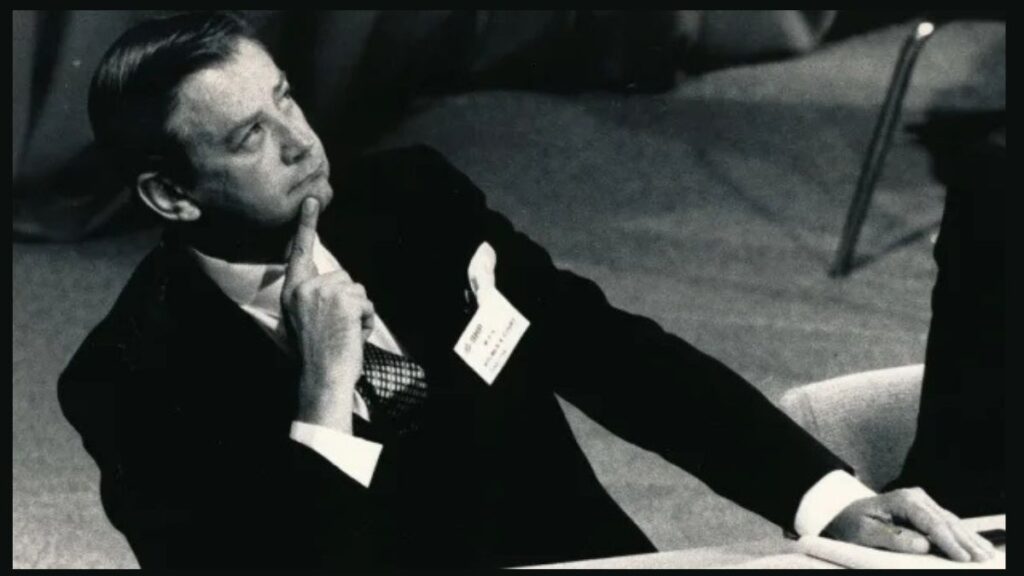
In 1987, he acquired West Australian Newspapers from News Corporation. By the mid-1980s, Holmes à Court’s company, the Bell Group, controlled more than 50 companies in industries such as mining, media, transport, and finance.
His most notable corporate campaign was against BHP, which was then one of Australia’s largest companies.
Between 1983 and 1986, Bell Resources acquired nearly 30% of BHP, and Holmes à Court gained a seat on its board.
After the stock market crash in 1987, he sold his stake for AUS$2.3 billion and quickly disposed of other assets worth an estimated AUS$5 billion.
Bell Group’s share price dropped significantly during this time, falling from nearly AUS$10 to AUS$1.30. Holmes à Court sold control of the company to Alan Bond at double the depressed value.
After stepping back from public companies, Holmes à Court focused on private holdings, including cattle stations, vineyards, a transport company, and his West End theatres.
He managed these through Heytesbury Holdings, which he called the “family castle.” He also used another company, Carisbrook, for trading, and stated that everything it owned was for sale “at the right price.”
Reaching billionaire status
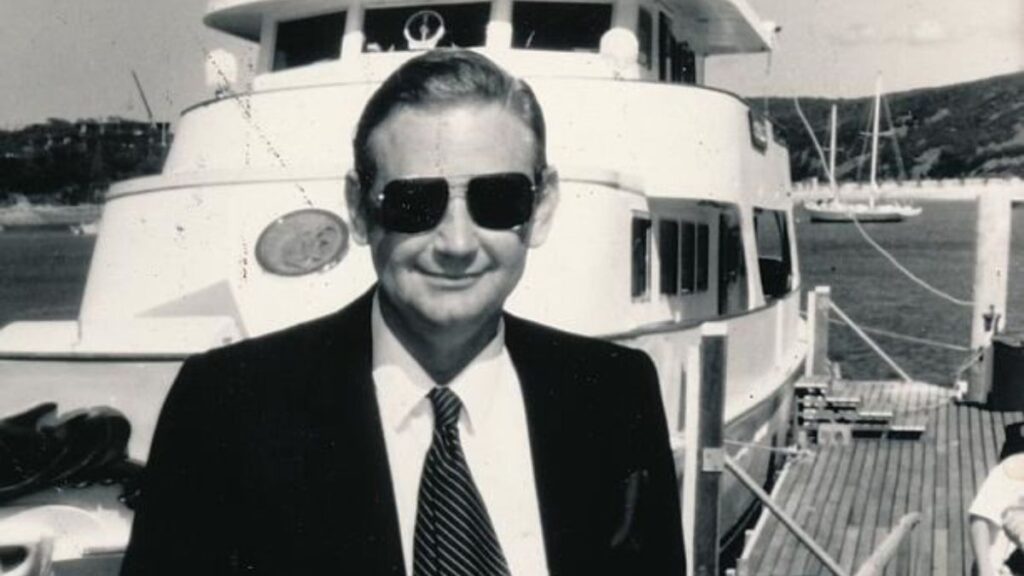
In the late 1980s, Holmes à Court spent more time in London, living in a Georgian mansion near Regent’s Park and flying in a private Boeing 727 between continents.
He invested in the French company Elf Aquitaine and the Christie’s auction house. In 1988, he created the Holmes à Court Foundation to support individuals with “talent and imagination.”
In 1989, he expanded Heytesbury’s holdings by buying cattle properties, including Victoria River Downs in the Northern Territory.
Outside of business, Holmes à Court was interested in breeding racehorses, and in 1984 his horse Black Knight won the Melbourne Cup.
He also collected vintage cars and Australian, European, and Aboriginal art. From 1986 to 1990, he chaired the board of the Art Gallery of Western Australia.
Holmes a Court became the country’s richest person in 1985 and then shared the title of Australia’s first billionaire with Kerry Packer just two years later, a status recognised by financial analysts and the media.
By the peak of his business career, the value of Holmes à Court’s assets exceeded one billion Australian dollars. Although much of his wealth was tied up in company valuations rather than cash.
Holmes à Court died suddenly on 2 September 1990 of heart failure at the age of 53 in Kelmscott, Perth. He left no will. His estate was split, with one-third going to his wife and the rest divided among their four children.
